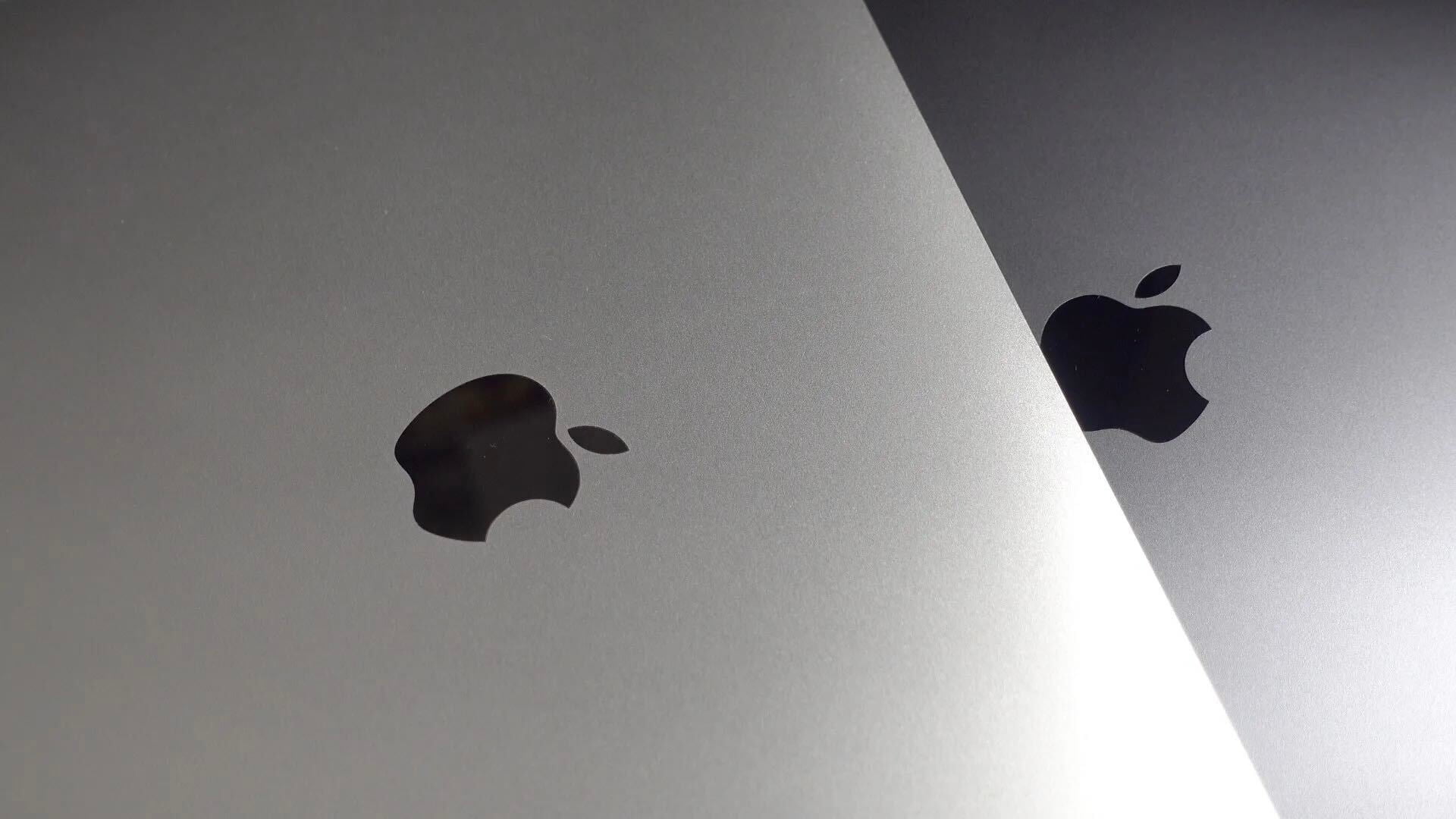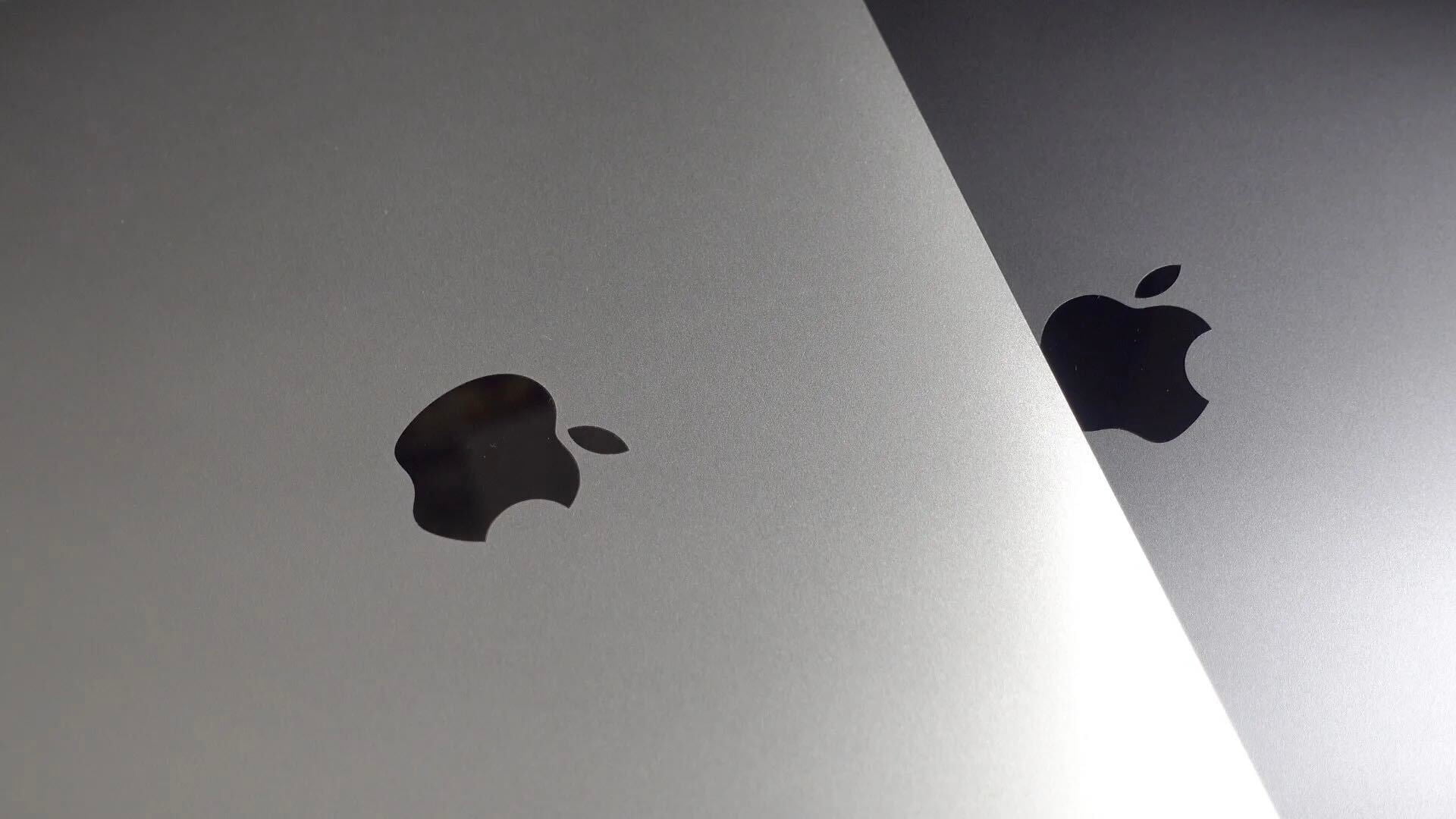
The latest data from Kantar Worldpanel shows that iOS market share is just outgrowing Android across the five largest markets in Europe, growing 1.5% year-on-year against Android’s 1.4%, but dropping 3.3% in the USA.
iOS market share now stands at 32.6% in the USA and 15.4% across the top 5 European markets …
It’s worth repeating our usual disclaimer here: Apple has never chased absolute market share–which includes a huge range of low-end Android handsets–instead focusing only on the smaller market for premium devices. Apple sales can be growing strongly while at the same time losing market share as the overall size of the market increases thanks to sales of cheap devices in emerging markets.
Kantar’s data, covering July to September, also only includes a very small slice of iPhone 6 sales, but even this was enough to reflect the strong early start which was demonstrated by record sales in the opening weekend.
It is clear that demand has been high for the eagerly awaited new models […] demand for the iPhone 6 has been very healthy.
The company noted that, unsurprisingly, early iPhone 6/Plus sales were to existing iPhone users.
Initial sales of the new iPhone models have overwhelmingly been from existing iPhone owners (87%). This is not surprising as consumers who already own Apple products tend to remain loyal and are keen to get their hands on new models. Drawing in customers who are switching from competitor brands is more likely to happen once offers and promotions on the new iPhones start to kick-in.
With limited hard data on the sales split between the iPhone 6 and 6 Plus, it’s interesting to see that, in Europe at least, the smaller model has been by far the most popular.
Across Europe’s top five markets, the iPhone 6 has outsold the larger iPhone 6 Plus by five-to-one.
The most dramatic fall in iOS market share was in Japan, where local companies Sony and Sharp have been enjoying a great deal of success. All the same, a year-on-year fall of 15.9% seems very high when Apple had put its own market share in the country at 70% just six months ago.
Via TechCrunch
FTC: We use income earning auto affiliate links. More.


No way the market share is decreased in the USA. That’s just BS.
The article is confusing sales share with market share. The data shows the sales share of each platform in the months July-September. It’s not far-fetched to think iPhone sales are at their lowest in the 3-months leading up to a new iPhone launch.
I’d like to see the same data for the 3-month period October-December, the months after a new iPhone is launched.
The headline “iOS market share outgrowing Android in Europe..” is kinda misleading. Sounds like it’s bigger than the reported 0.1%… Either way, market share isn’t everything. I say this as a long time Mac user.
Indeed, the post makes that very point (see the link for an expanded version).
Look how similar the UK and Australia are…
The data for Japan is shocking, and hard to believe. Japan has always been a huge fan of the iPhone.
I find this story hard to believe about IOS slipping in the US with all of the iPhone 5S, 6 and 6Plus sales Apple is selling. How old is this data? Kantar better check there stats again because they are quite WRONG about US sales of IOS.
If you’re sitting here saying they’re wrong you need to have facts to back it up with? I’m more prone to believe Kantar than someone commenting.
Sales Share is not Market Share
Unlike what the article title suggests, the Kantar data shown is “sales share”, as in what share did each platform have in 3-month sales ending in September 2014, compared to the same time period last year. Out of this 3-month period, July-September, the new iPhone 6 / 6 Plus were only on sale for no more than 12 days (depending on region).
Using iPhone sales number of the 3-month period before a new iPhone is released is probably not the best reflection of platform sales, as I’m sure quite a few buyers were holding out for the new devices.
Out of the “EU5”, only in Spain did the iPhone sales increase more than the Android sales. My guess is that’s because it’s easier to increase a 4.8% sales share (iPhone), vs. a 89.5% sales share (Android).
This factors in the iPhone 5S. But since it’s clearly stated this covers three months ending in September, it certainly doesn’t factor in the iPhones 6.
In fact, iPhone sales have been a seasonal business for a long time now. Apple will have a big surge between October and December, the combination of the new phones, the Christmas season, and the fact that long time iPhone users all go off contract around the time the new iPhones debut (at least if they’re not good for another year).
Android will move a little at Christmas and a little when the new Galaxy S ships, but with new devices shipping all year into a much larger market (over a billion Android devices sold in 2014), there’s more consistency in the Android numbers.